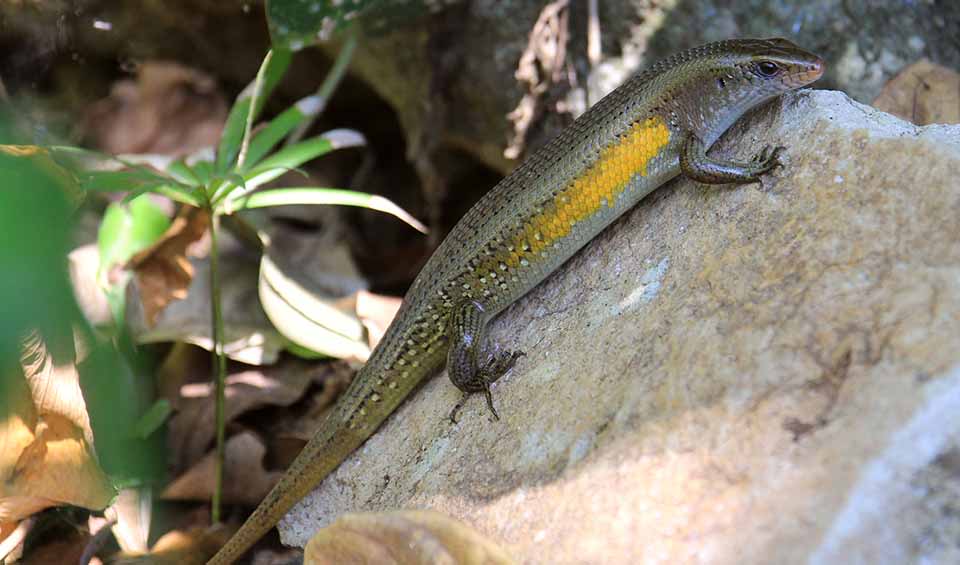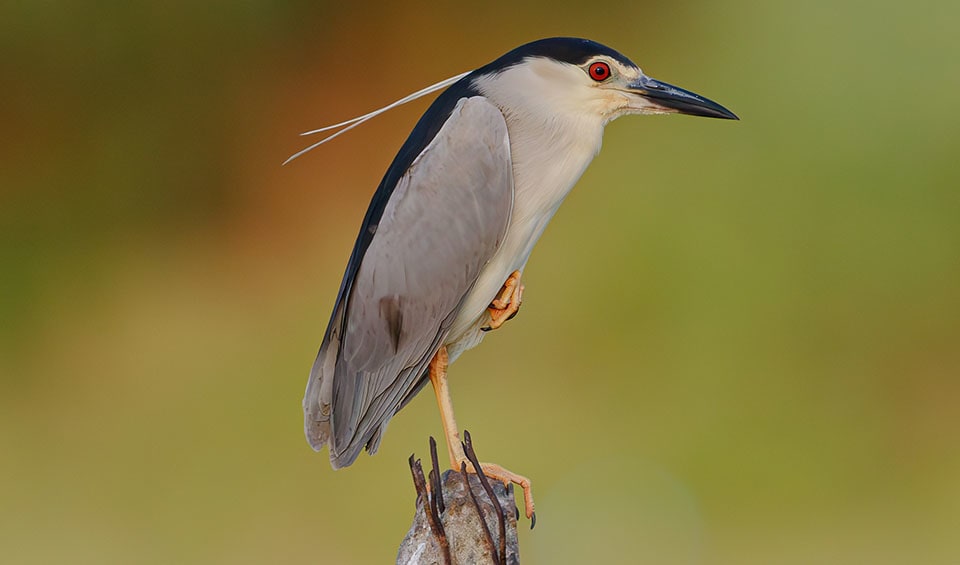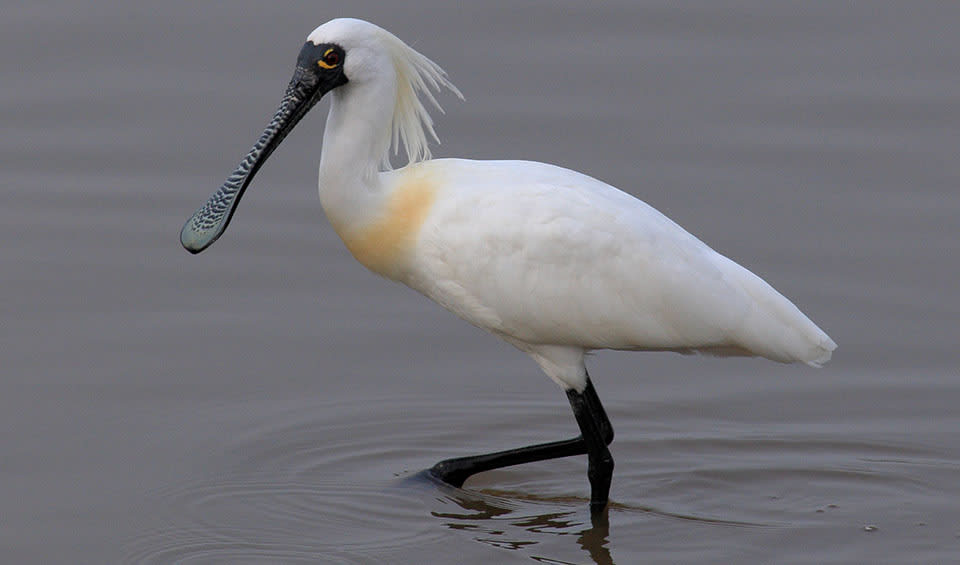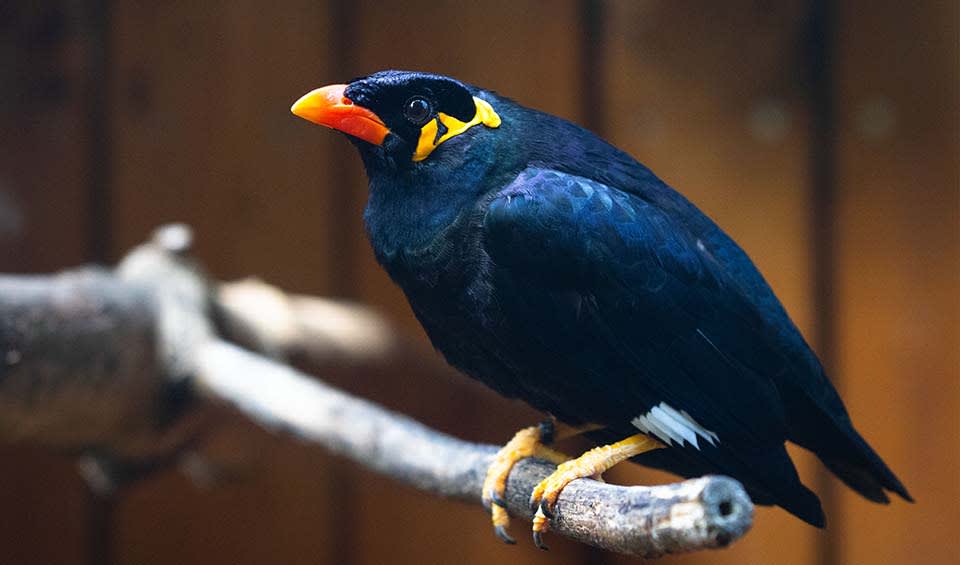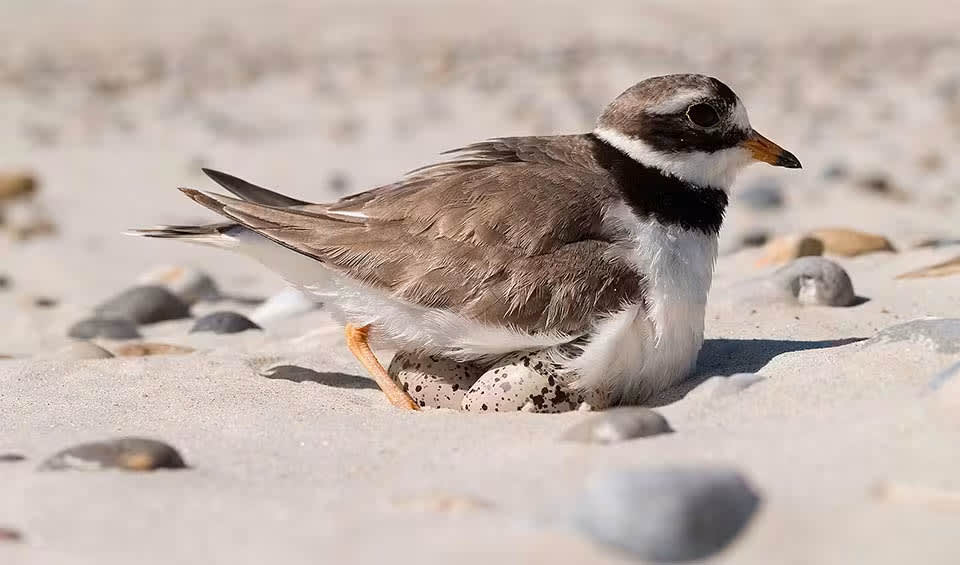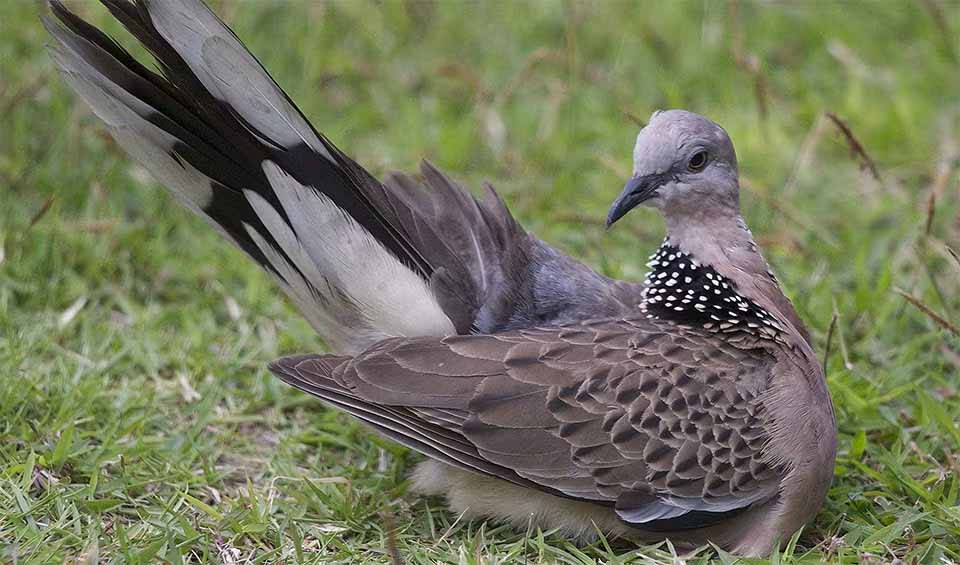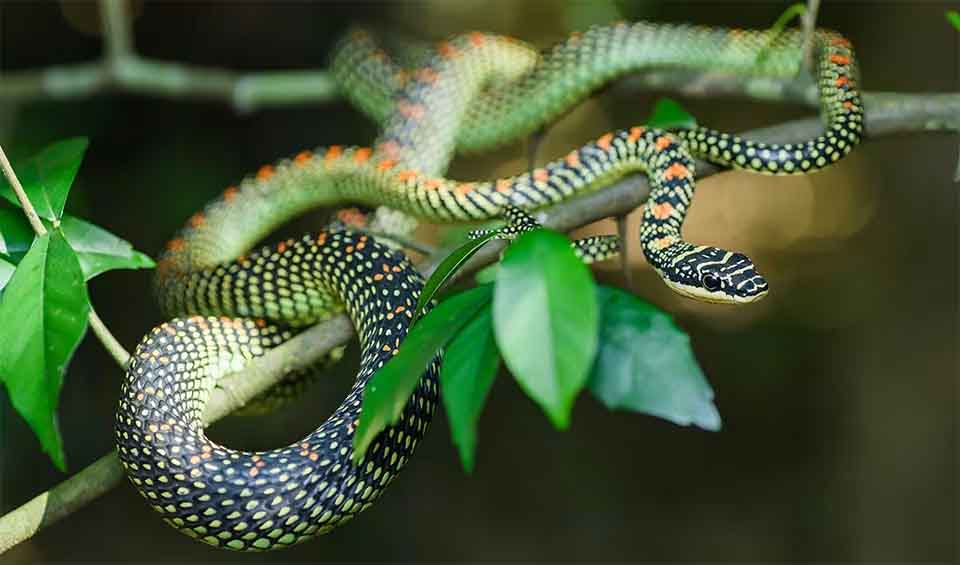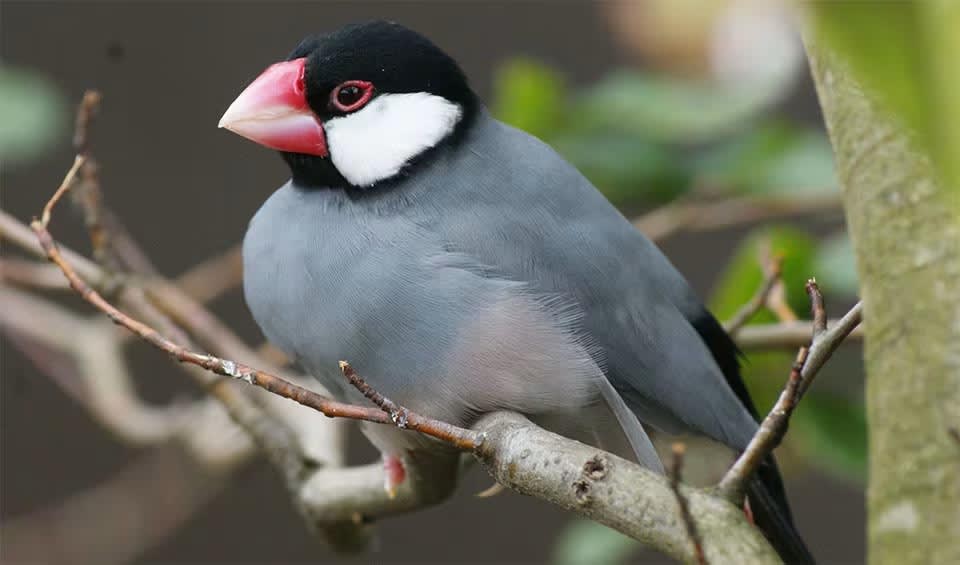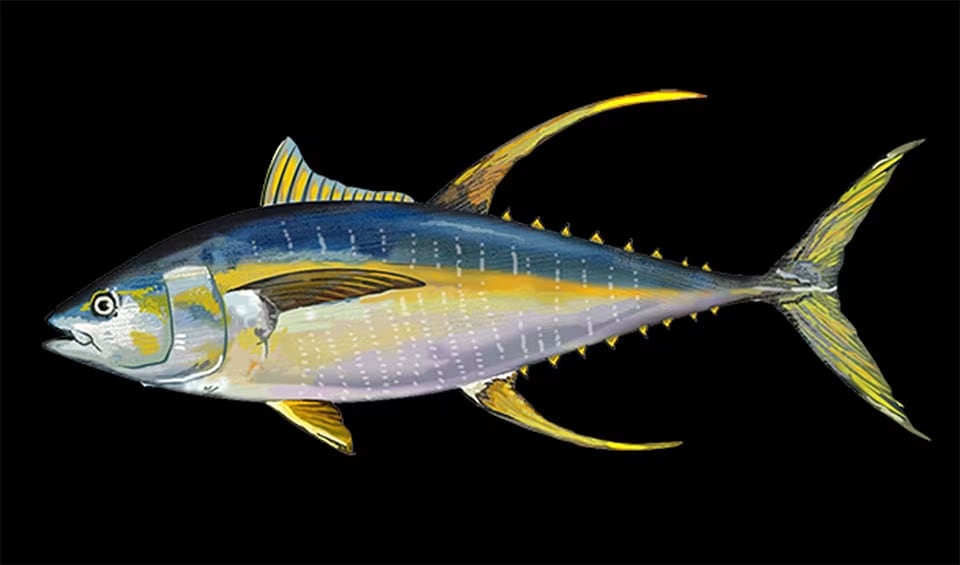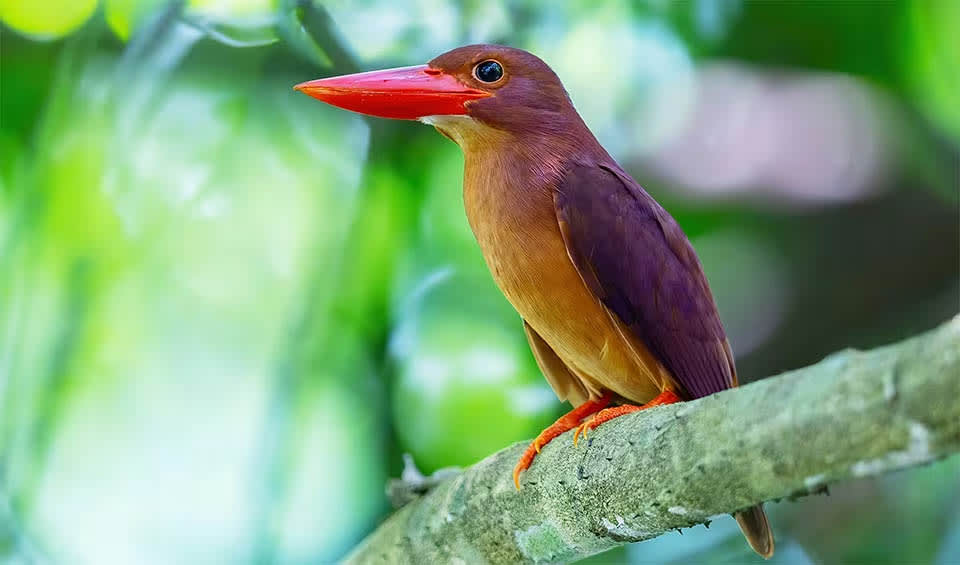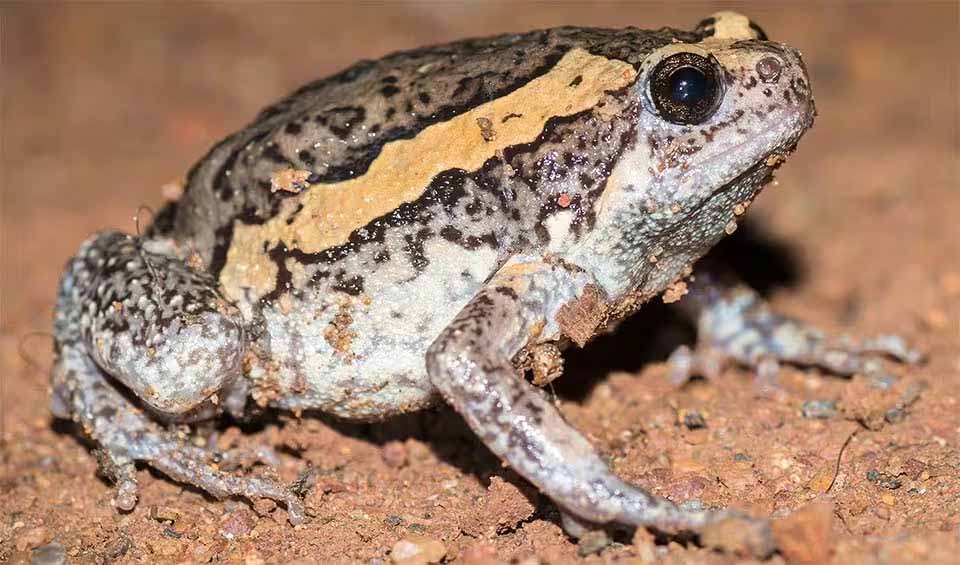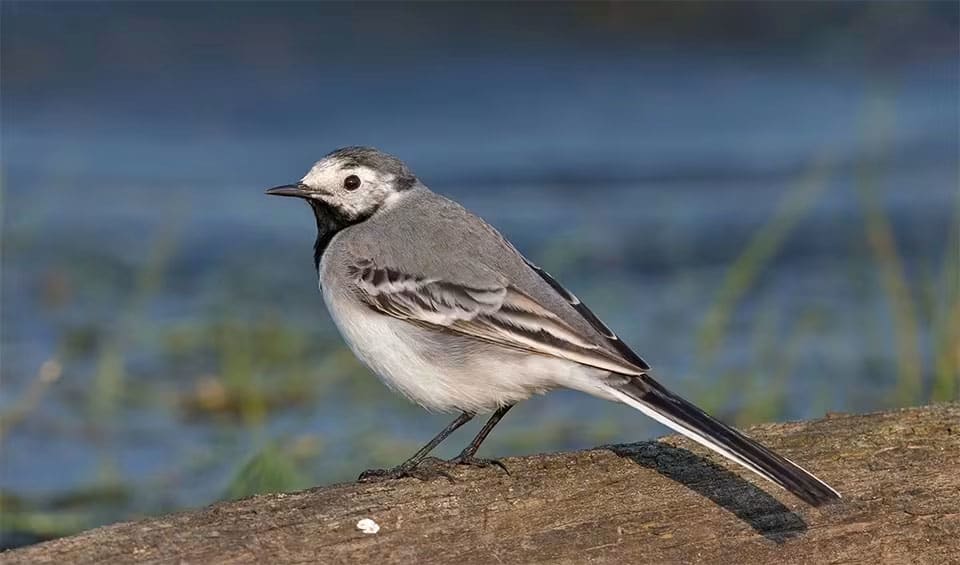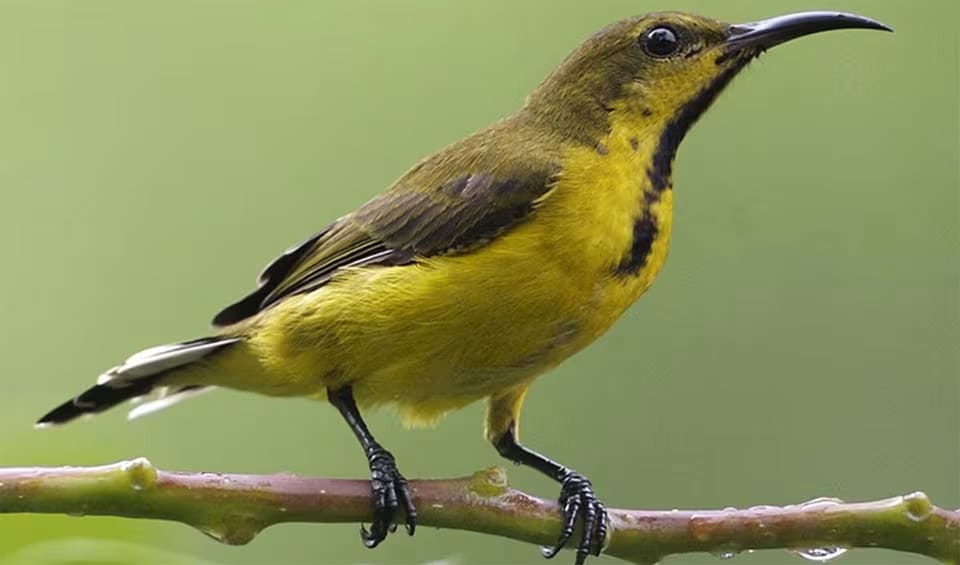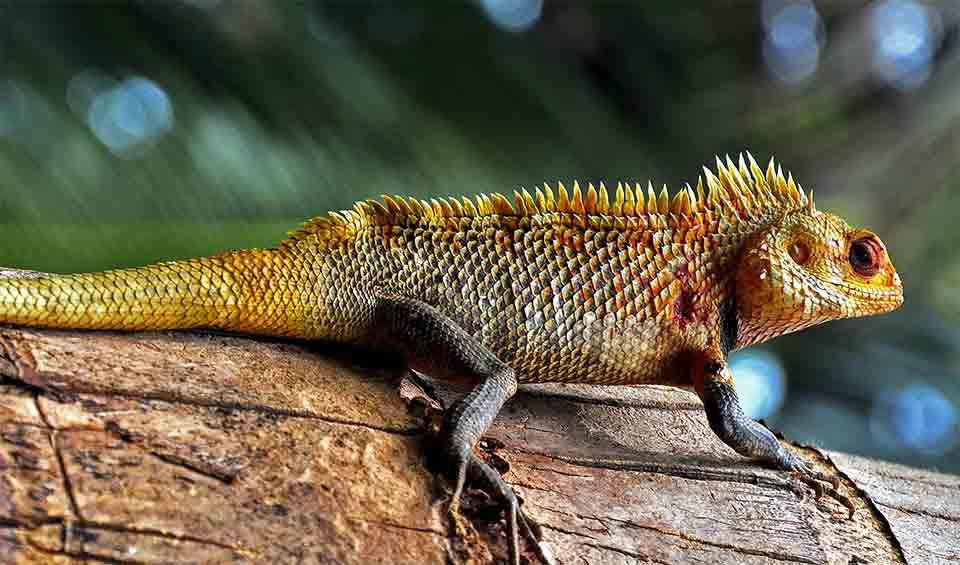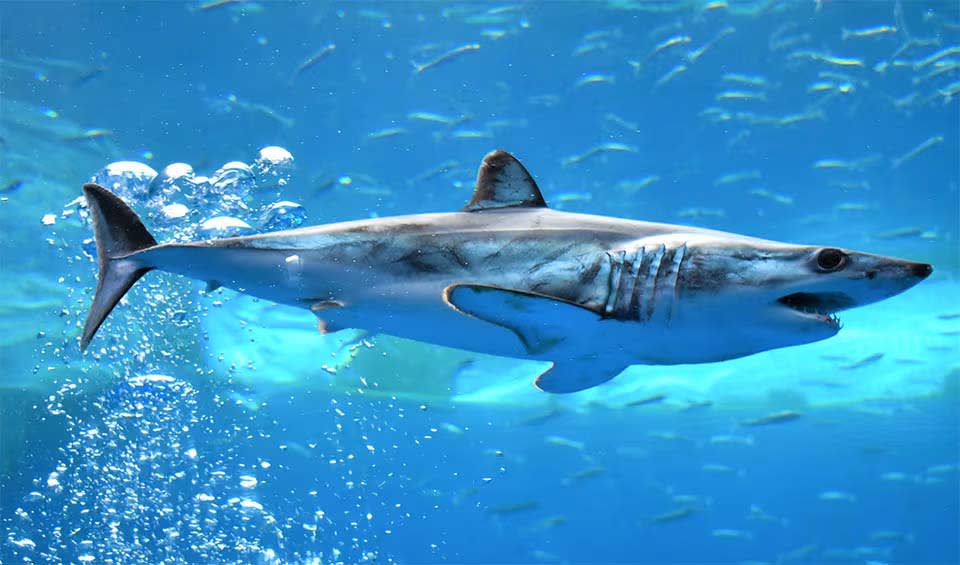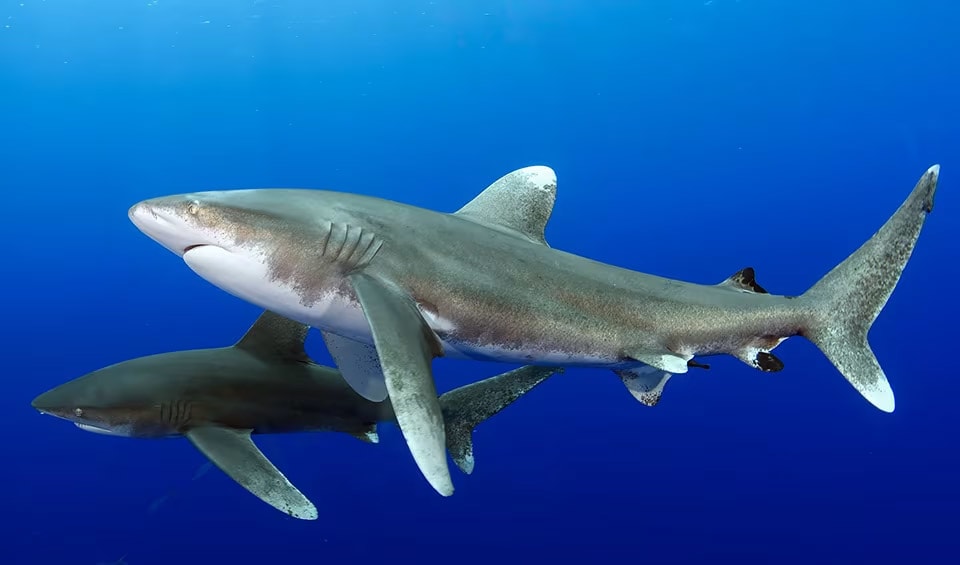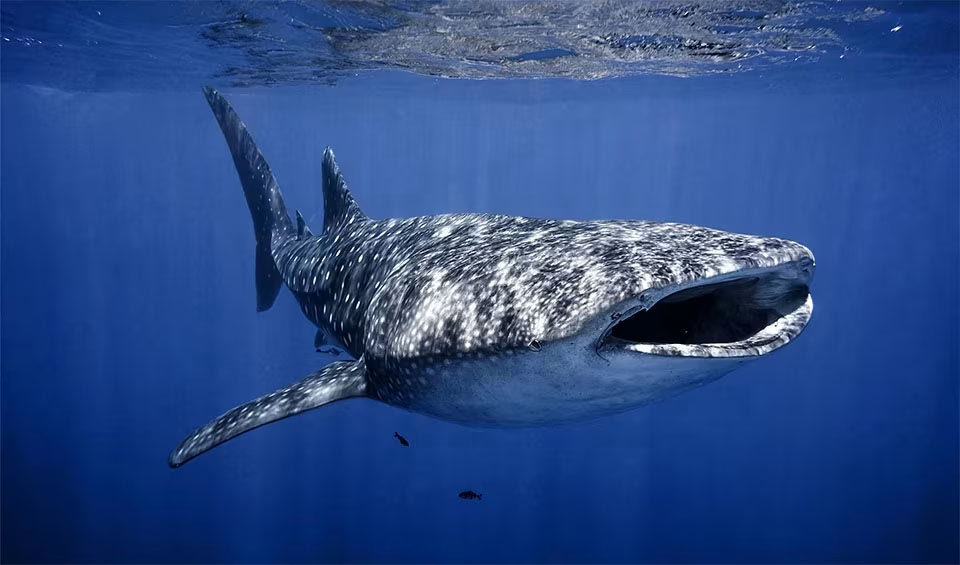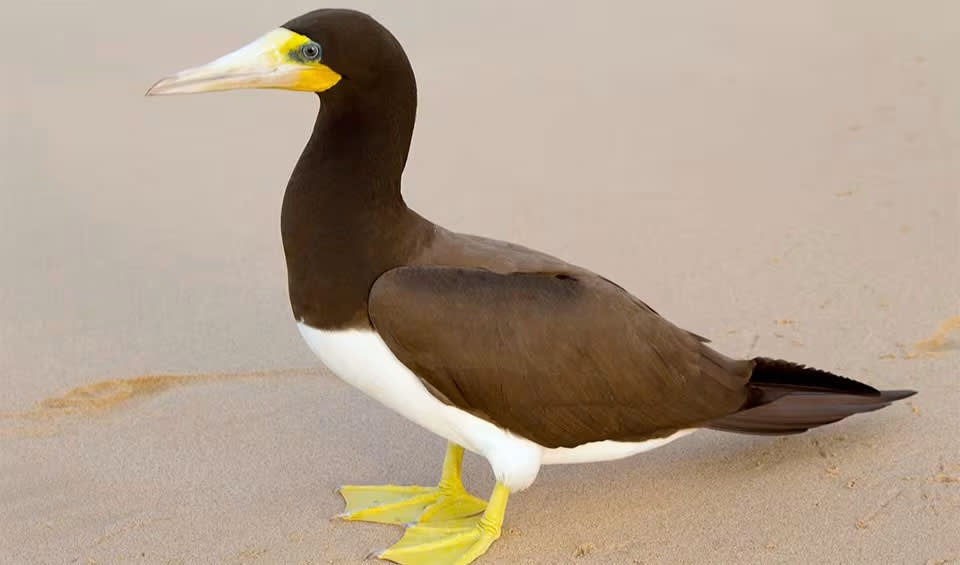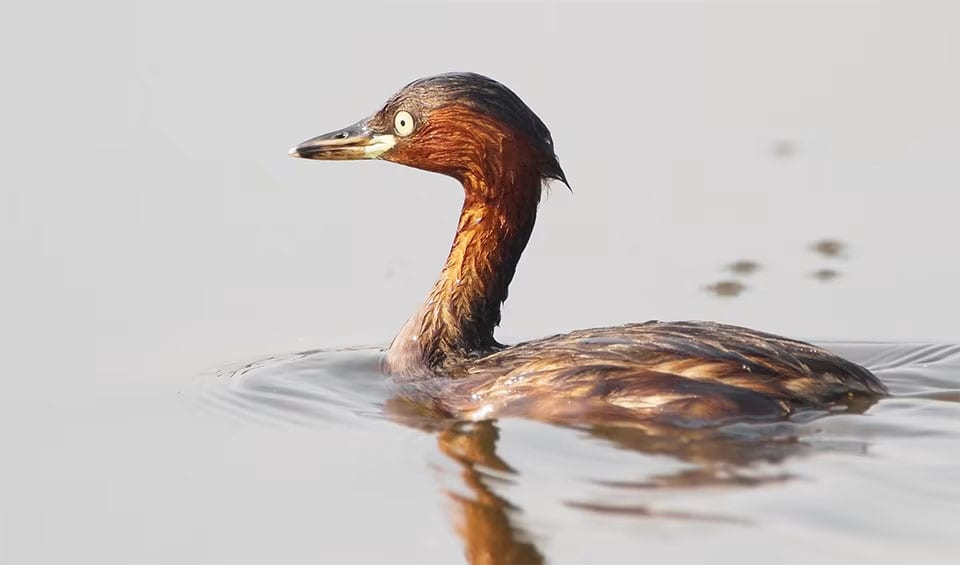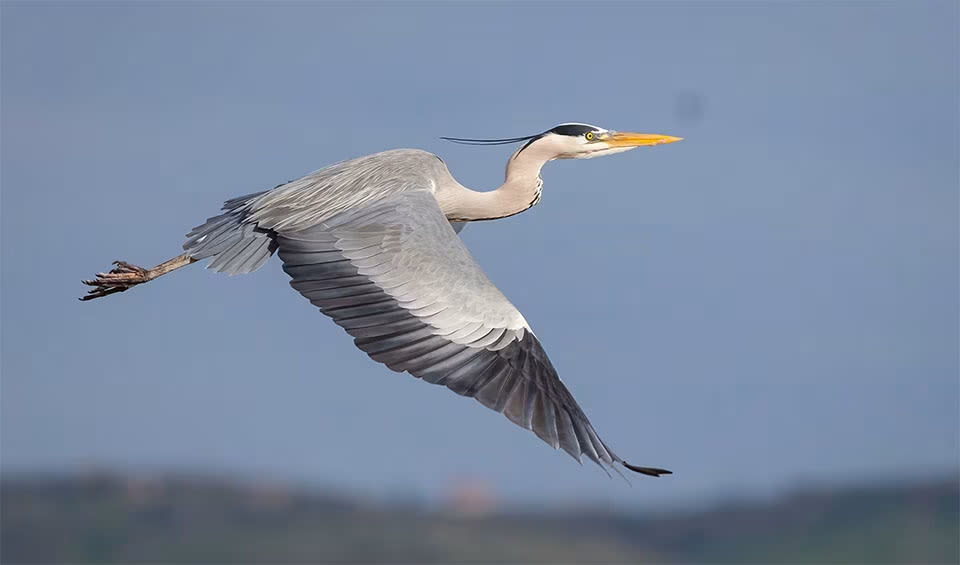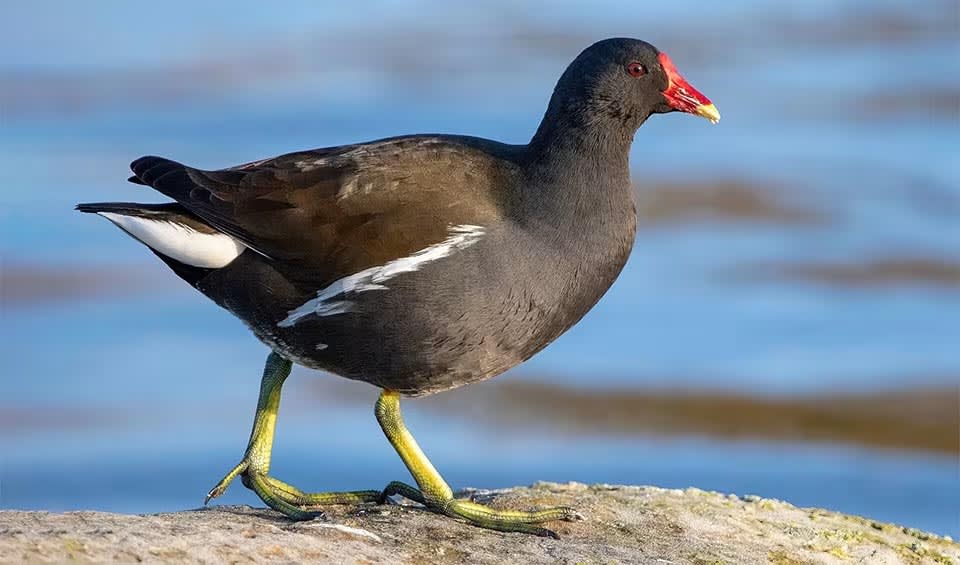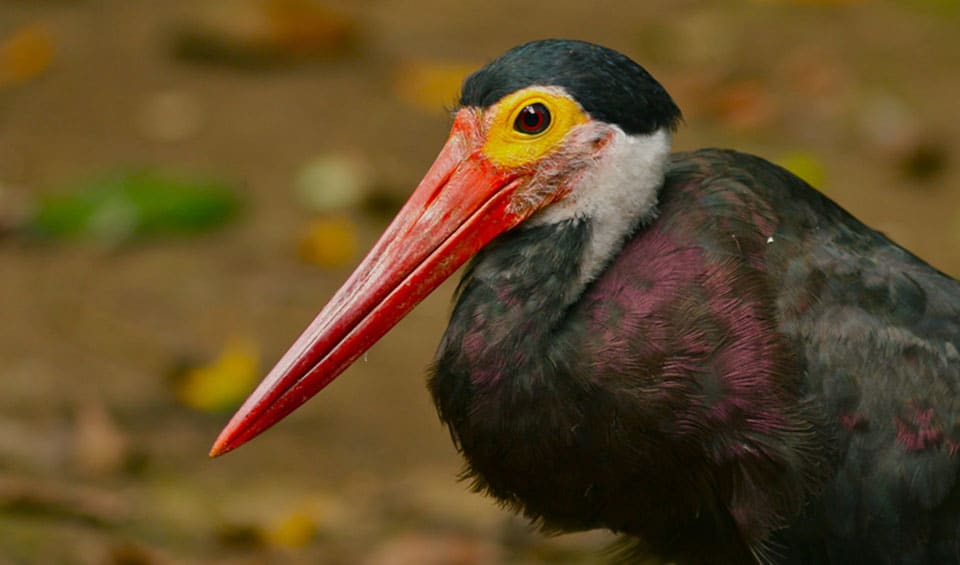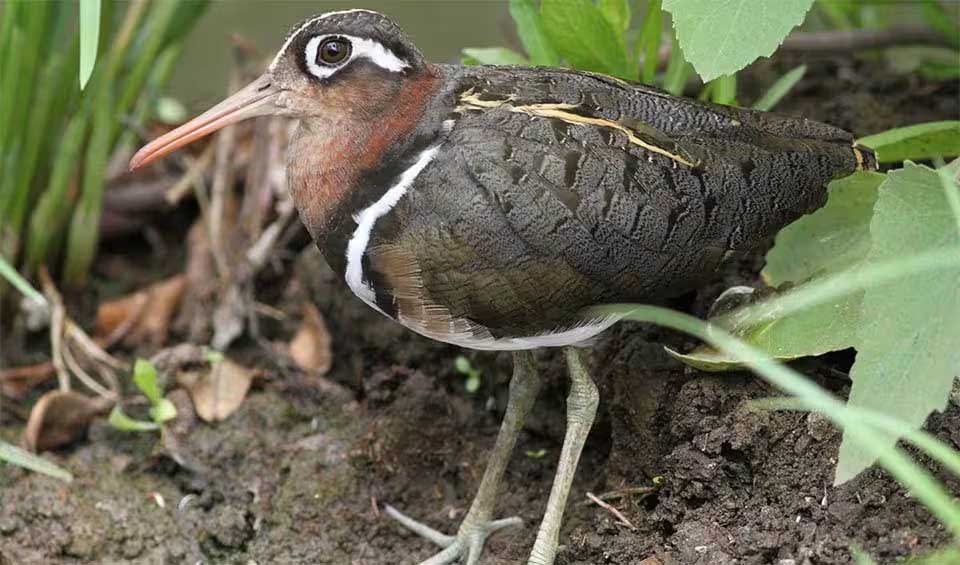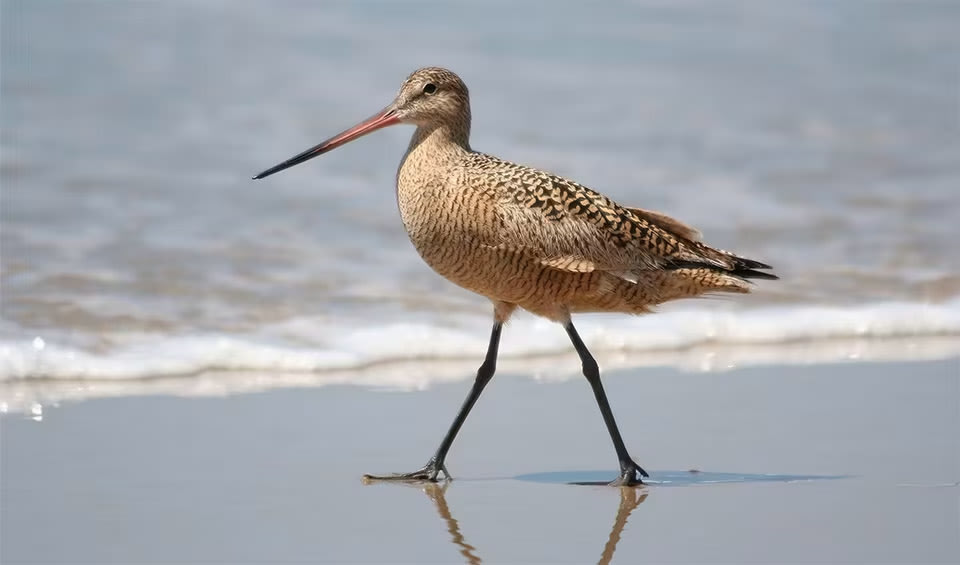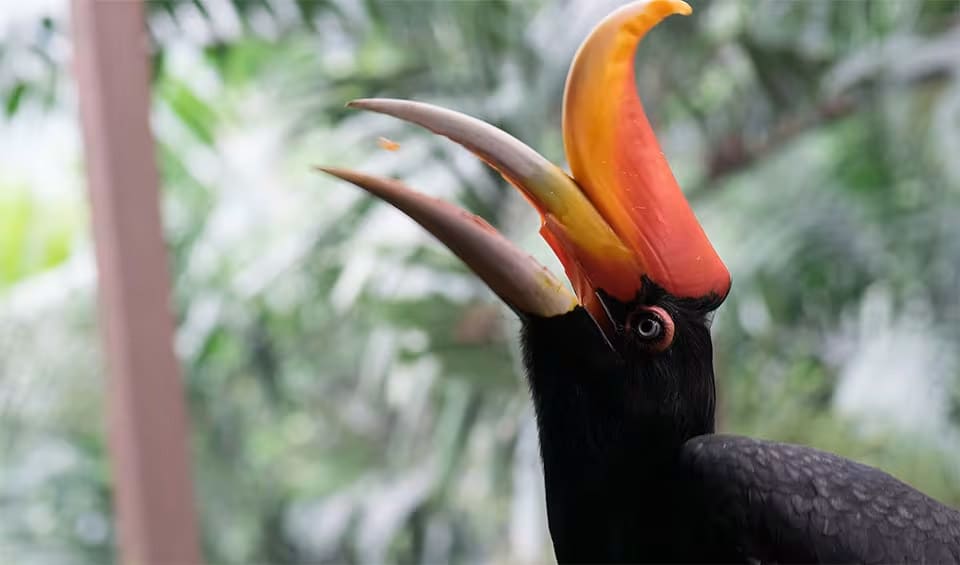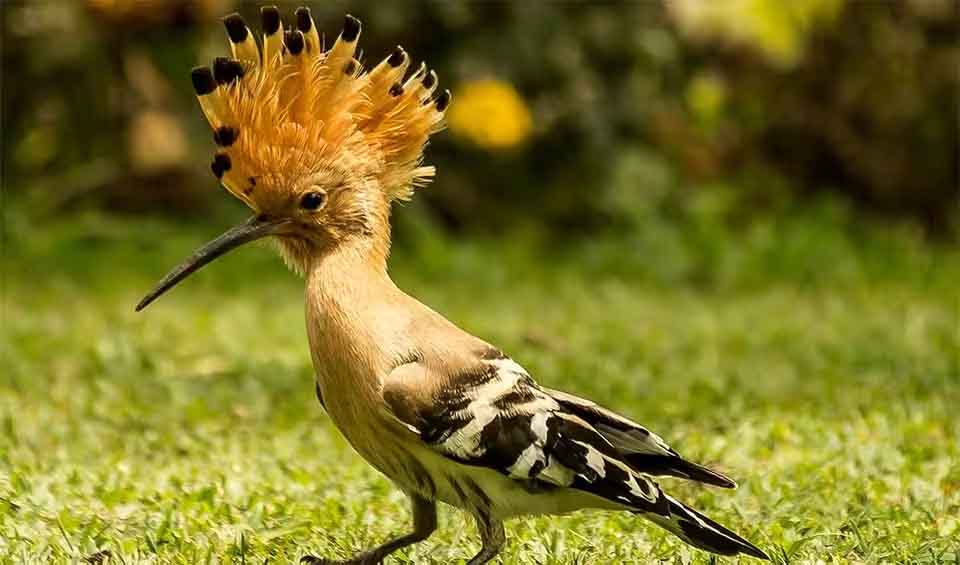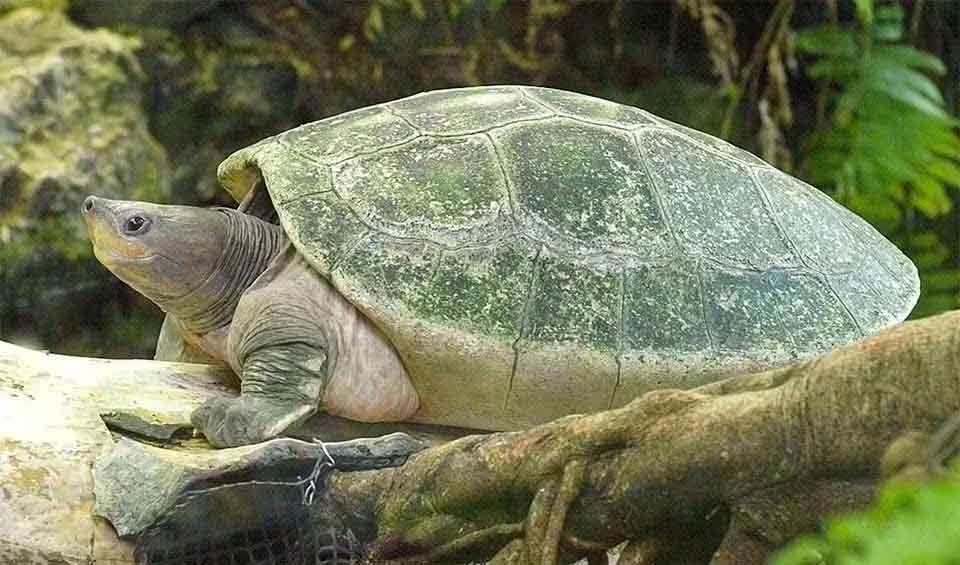Search for Brunei
Brown rat
Can squeeze through shockingly small gaps if their head fits
Brown wood owl
This owl sometimes makes a dog-like “wow-wow” bark when alarmed
Largetooth sawfish
The only sawfish known to spend long stretches of its life in freshwater lakes, not just rivers or coasts
Scalloped hammerhead
Their skin actually darkens, just like a sunburn!
Crab-eating macaque
Despite their name,most of their diet makes up of fruits and seeds
Southern pig-tailed macaque
When it comes to food, their varied diet includes fruits, leaves, insects, and even small vertebrates
Maroon leaf monkey
Look like they’re dressed in autumn year-round — no jungle camouflage here
Smooth-coated otter
They’re the biggest otters in Asia
Common mabuya
You might’ve already seen one in your backyard
Ruddy turnstone
They flip the script — literally!
Asian palm civet
Famously linked to the production of a luxury coffee called kopi luwak
Common tree frog
Believed to have naturally spread across much of Asia
Brahminy kite
Sometimes seen snatching food in mid-air or stealing prey from other birds — a behavior known as kleptoparasitism
Black-crowned night heron
One of the most widespread and adaptable herons in the world
Indo-Pacific finless porpoise
Can make clicking sounds up to 200 times per second to locate prey in cloudy waters where vision is limited
Kuhl’s flying gecko
Unlike what their name suggests, these reptiles can’t fly but only leap between tree tops
Black-faced spoonbill
Officially designated as Natural Monument No. 205 and classified as a first-class endangered species in South Korea
Otter civet
With an appearance that blends features of both a dog and a weasel
Common hill myna
Has an extraordinary ability to mimic human speech — better than almost any other bird on the planet
Common ringed plover
This bird taps its feet to imitate rain to make the prey reach the surface
Little tern
Renowned for their spectacular aerial displays during courtship, including steep dives and intricate flight patterns
Sunda pangolin
This one-of-a-kind mammal is facing a major threat – illegal hunting
Borneo python
Has a unique hunting strategy, often striking from a coiled positon, rather than actively pursuing prey
Helmeted hornbill
Easily recognizable by its massive, ivory-colored casque, which covers its beak
Horsfield’s tarsier
Has a darker coat compared to other tarsier species
Greater coucal
Sometimes mistaken for a crow because of its size and dark coloration
Spotted dove
A delightful bird with a calm and peaceful nature
Paradise flying snake
A snake that can fly? Well, not exactly fly, but glide through the air like a superhero
Java sparrow
Small, chubby bird with big, round eyes that make it look extra cute
Red-rumped swallow
Amazing flyers — they can even drink water while they’re flying!
Beauty rat snake
Its colorful pattern makes it stand out, earning it the name “Beauty”
Barn swallow
Most common and widely distributed swallow globally
Northern lapwing
Very active and noisy, with a loud, piercing call that sounds like “pee-wit”
Yellowfin tuna
Popular food fish, prized for its mild flavor and firm texture
Pantropical spotted dolphin
A champion swimmer and a social butterfly of the warm seas
Brown noddy
They bob their heads up and down as they fly, which is actually how they earned the nickname “Noddy”
Common bottlenose dolphin
Known for their acrobatic leaps, twisting and turning gracefully as they jump completely out of the water
Ruddy kingfisher
Notoriously difficult to spot due to their preference for dense, shadowy forest habitats
Long-nosed horned frog
The “horn” structure on its nose helps break up its outline, making it harder for predators to spot
Banded bullfrog
These frogs don’t “croak”—their call sounds more like a dog’s bark!
Black eagle
Controller of arboreal birds and mammals populations in Asia’s tropical forests
Little egret
During breeding, they transform with elegant white plumage, adorned by decorative plumes on the head, neck, and back
Eastern cattle egret
It can catch insects that are disturbed by the animals’ movements
White wagtail
Holds cultural symbolism in some societies, representing good luck
Eurasian kestrel
Adaptable raptor known for its hovering hunting technique and striking appearance
Irrawaddy dolphin
Have a preference for slower-moving or still waters, making them well-suited to environments like rivers and deltas
Proboscis monkey
Its exaggerated nose has been a subject of scientific intrigue and debate
White-bellied sea eagle
Its broad wings enable it to glide effortlessly on air currents, often seen navigating the coastal winds
Yellow-vented bulbul
It successfully integrated itself into urban environments, often found in gardens, parks, and even city centers
Olive-backed sunbird
Using spider silk and plant materials, they construct delicate nests that hang from branches
Asian palm swift
Their narrow wings, long forked tails, and streamlined bodies are perfectly designed for high-speed maneuvers
Binturong
Despite their nickname “bearcat,” they are not related to bears or cats
Wreathed hornbill
Their beaks are tools for everything from cracking open fruits to catching insects mid-air – talk about multitasking!
Sambar deer
With its towering stature and impressive antlers, is a true king of the Asian forests
Oriental garden lizard
A lizard with vibrant hues – a living canvas of green, brown, and sometimes even blue
Yellow-throated Marten
Aren’t afraid of bigger animals, and they’ve been known to fight off dogs and even leopards!
Shortfin mako shark
Speed and power embodied, they rule the seas with their sleek bodies and jaw-dropping leaping prowess
Blacktip reef shark
Graceful and stealthy, these reef dwellers navigate the coral maze with finesse, showcasing their iconic black-tipped fins
Oceanic whitetip shark
Opportunistic predators of the open ocean, their aggressive and persistent feeding behaviour strikes fear into the hearts of their prey
Bull shark
Fearless and formidable, these aggressive predators command respect in the waters they roam
Whale shark
Gentle giants of the sea, with mouths wide open to filter the ocean’s bounty
Great white shark
Majestic ocean predators, embodying power, speed, and precision in their pursuit of prey
Common kingfisher
Possessed with special visual adaptations to catch fish
Flat-headed cat
Known to wash their food before eating it to remove any unwanted debris
Bay cat
Ready to go on a wild cat chase? Keep your eyes peeled for the forest ninja of Borneo!
Etruscan shrew
Meet the world’s smallest mammal but a fierce predator
Pygmy treeshrew
One of the largest members of his family, showing adaptability to habitat loss
Bornean orangutan
The most common of the three orangutans species. How common? ‘Critically endangered’ common
Great cormorant
Due to their adaptability and willingness to migrate to more favorable habitats, great cormorants are found worldwide
Brown booby
An impressively acrobatic bird that can catch flying fish mid-jump
Great frigatebird
These birds spend weeks in the air and hunt, preen and even sleep while in flight
Little grebe
This cute and small bird is one of the most elite hunters below the water’s surface
Glossy ibis
These birds seem to have lost their way to the beauty pageant
Gray heron
Exhibit powerful flight, with distinctive slow wing beats and an extended neck, defining features during their aerial movements
Eurasian coot
Like those bulging red eyes weren’t scary enough, they eat their innocent chicks when hungry
Common moorhen
Living around smelly brackish marshes is unthinkable, but these birds love their isolated habitat or don’t have a sense of smell
King quail
The smallest of all Galliformes lives on the ground, camouflaged from predators
Black-thighed falconet
The smallest raptor of the entire world, being smaller than a house sparrow
Peregrine falcon
At the speed of over 321 km/h (200 mph), this bird outraces a Formula1 car
Storm’s stork
Disappearing rarest stork
Black-winged stilt
Elegant long-legged wader, common almost worldwide
Common tern
This bird holds the record of the longest distance flown by any bird in recorded history
Greater painted-snipe
Looks no less than a renaissance masterpiece
Black-tailed godwit
The most elegant of all godwit species
Rhinoceros hornbill
35 years. That’s how long it can live in captivity. But, does that equal its time in the rainforests of Borneo, among high canopy greens?
Eurasian hoopoe
Dependable wings and a muscular build. Nope, we aren’t talking about the next Redbull ad campaign
Mallard
This invasive species is the ancestor to most of the modern ducks
Eurasian sparrowhawk
Better call the ambulance before the Sparrowhawk comes to devour all those who are injured
Osprey
One of only six land-birds with a cosmopolitan distribution habituating all continents except Antarctica
Sunda flying lemur
The common name was a smokescreen that confuses people because they are not a lemur and do not fly
Sumatran rhinoceros
The only Asian rhino with two horns is the world’s smallest rhino
Pen-tailed treeshrew
A drunkard – the only known mammal that consumes alcohol every night from fermented nectar of the bertam palm
Sunda stink badger
Dens have an unpleasant smell that resembles Paku sigung (the stink badger fern) and can be easily confused
Marbled cat
When standing or resting, they are characterized by their arched back
Sunda clouded leopard
Due to their fur being darker with a smaller cloud pattern than clouded leopards, they were classified as a new species in 2006
Sun bear
The smallest of bears is slowly vanishing from tropical forests of Southeast Asia
Leatherback sea turtle
The mysterious diver of the ocean is the largest and only sea turtle without a hard shell and scales
Painted terrapin
Named for the presence of a red strip on their shell during breeding season!
Spiny turtle
The thorny devil of the turtles
King cobra
Largest living venomous snake reaching lengths of up to 5.7 meters or 8.5 feet
Reticulated python
Largest living snakes on the earth, reaching lengths of up to 7 meters of 23 feet
Tomistoma
‘Tomistoma,’ the scientific name of false gharial, literally means ‘sharp mouth’
Saltwater crocodile
Largest of all living reptiles and the animal most likely to eat a human








